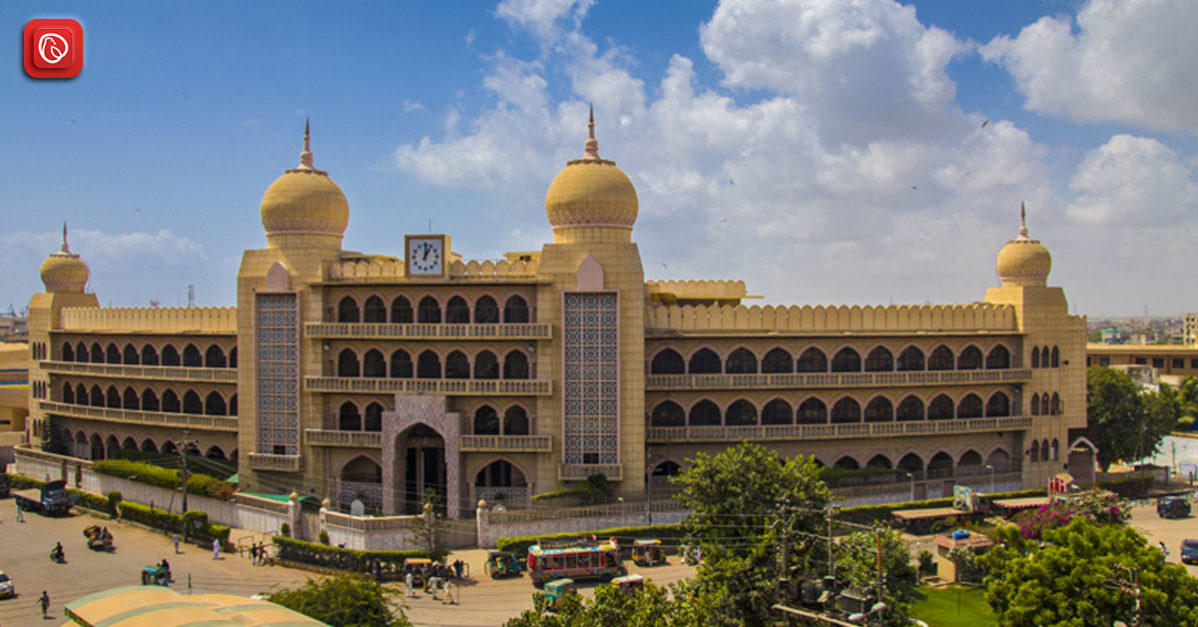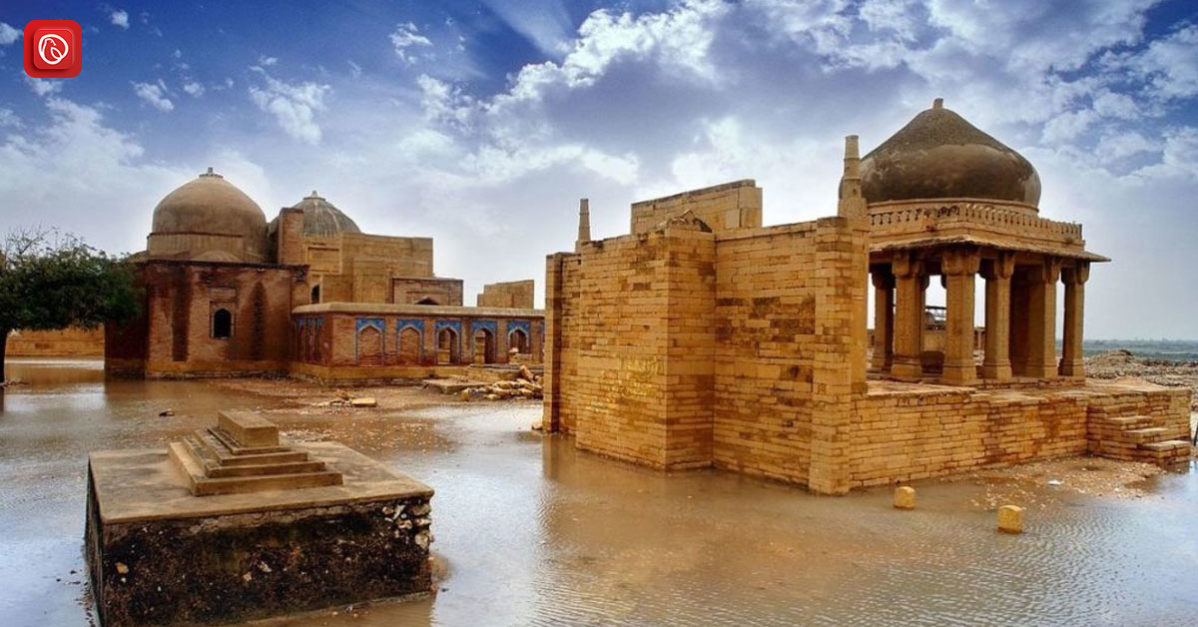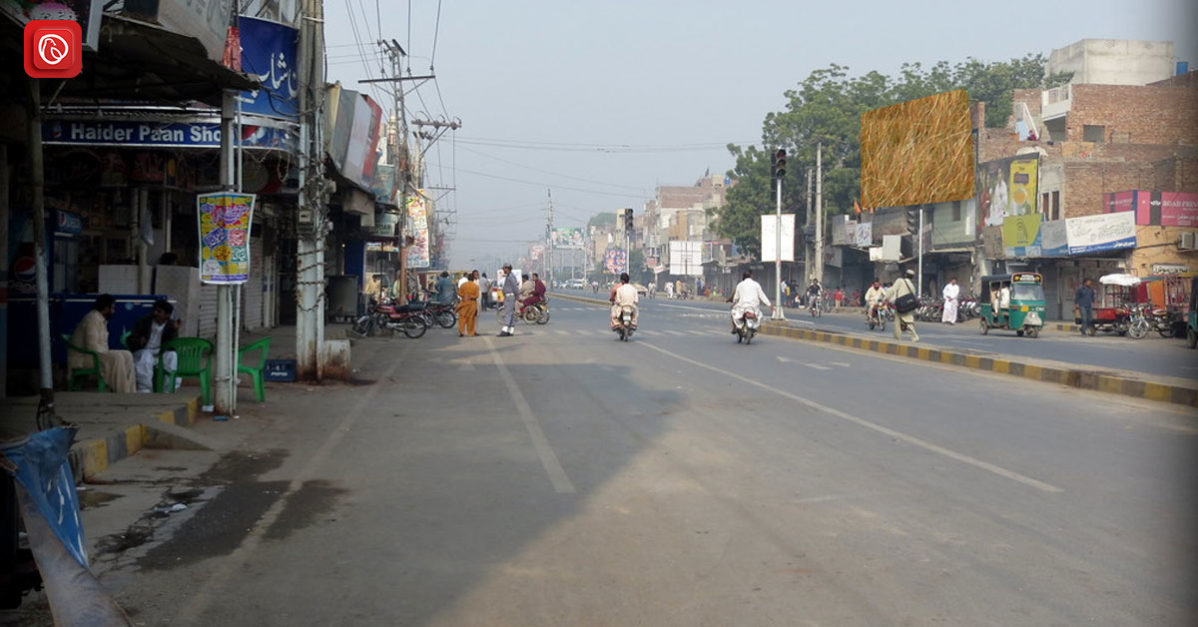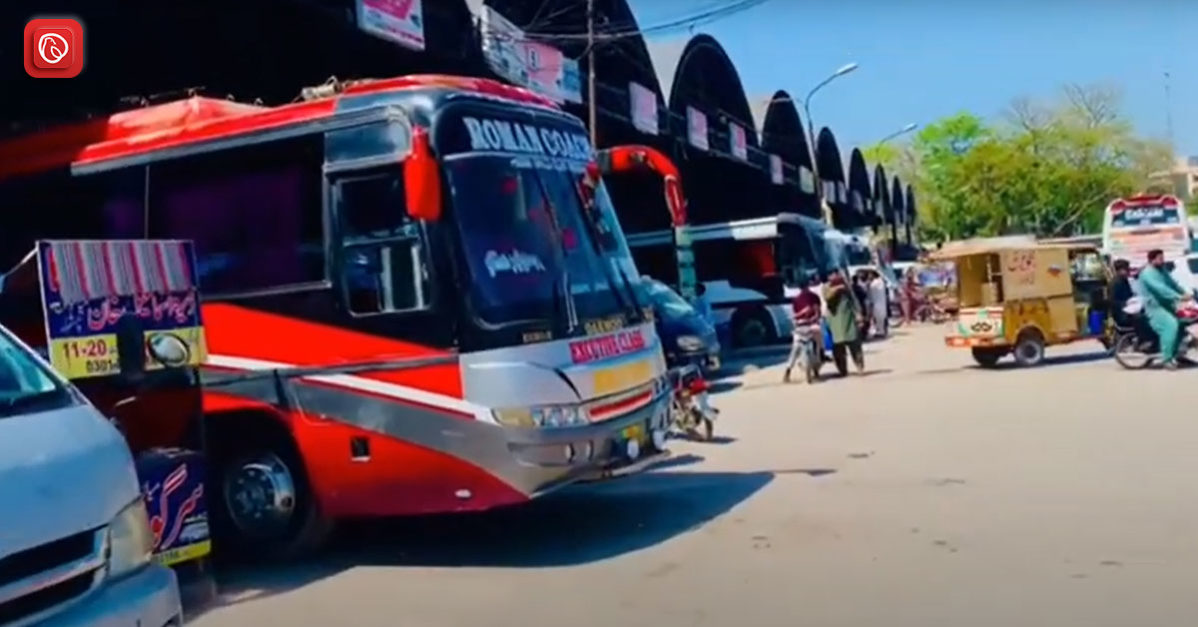Kharadar, one of the oldest neighbourhoods in Karachi, holds immense historical significance as part of the city’s original core. Alongside its neighbouring community, Mithadar, Kharadar forms what was once known as “Kalachi Jo Goath,” a testament to Karachi’s rich cultural and historical legacy. Located in central Karachi, near the bustling Port of Karachi, Kharadar is a vibrant area that continues to thrive, blending the old with the new.
In this blog, Graana.com will share more details about this old historic area.
History of Kharadar
Kharadar’s history dates back to the early 18th century when Karachi was a small fishing village. The name “Kharadar” derives from two Sindhi words: “Khara,” meaning salty, and “Dar,” meaning gate, referring to the salty water of the Arabian Sea nearby and the gate of the walled city. Kharadar, along with Mithadar, formed the walled city’s perimeter, serving as a crucial hub for trade and commerce.
During British colonial rule, Kharadar evolved into a significant commercial centre. The British constructed modern infrastructure, including roads and railway lines, to facilitate trade. Kharadar’s strategic location near the port made it a bustling marketplace, attracting merchants and traders from various regions.
Kharadar, one of the oldest neighbourhoods in Karachi, is not only rich in history but also a significant centre for the textile industry. Located near the Port of Karachi, Kharadar has long been a bustling commercial hub, with the textile industry playing a vital role in its economic landscape.
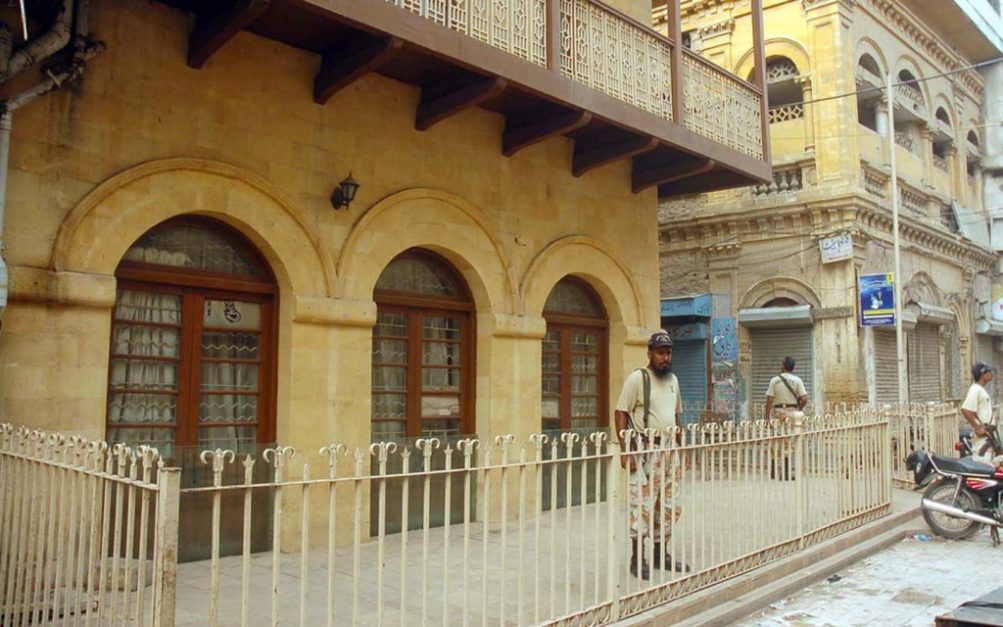
Textile Industry in Kharadar
The textile industry’s roots in Kharadar can be traced back to the British colonial era when Karachi emerged as a key port city. The strategic location of Kharadar, close to the port, made it an ideal spot for trade and commerce. Textiles became one of the primary goods traded in the bustling markets of Kharadar.
During the early 20th century, the textile industry in Kharadar flourished with the establishment of various mills and factories. These facilities not only produced textiles for local consumption but also for export, contributing significantly to Karachi’s economy. The neighbourhood’s narrow streets and alleys were lined with shops and stalls selling a wide range of fabrics, attracting merchants and buyers from across the region.
Current Status of the Textile Industry in Kharadar
Today, Kharadar remains a vital hub for the textile industry in Karachi. The area is renowned for its diverse range of textile products, including fabrics, garments, and accessories. The textile markets in Kharadar are bustling with activity, with vendors offering everything from traditional fabrics to modern, trendy textiles.
One of the most prominent markets in Kharadar is the Kharadar Cloth Market, known for its extensive variety of fabrics at competitive prices. The market attracts both wholesale and retail buyers, making it a key destination for textile traders. Here, one can find everything from high-quality cotton and silk to synthetic fabrics catering to the diverse needs of customers.
Residential Areas in Kharadar
Despite its commercial significance, Kharadar is also home to a tight-knit residential community. The neighbourhood is characterised by narrow, winding streets lined with historic buildings that reflect a blend of colonial and indigenous architectural styles. Many families have lived in Kharadar for generations, fostering a strong sense of community and tradition.
The residential areas in Kharadar are diverse, accommodating people from various cultural and ethnic backgrounds. The neighbourhood is known for its communal harmony, with residents celebrating festivals and cultural events together.
Commercial Hub
Kharadar remains a bustling commercial hub, with its markets and bazaars teeming with activity. The area is famous for its traditional markets, such as the Kharadar Cloth Market, where a wide variety of fabrics and garments are available at competitive prices. The nearby wholesale markets offer everything from spices and dry fruits to electronics and household goods.
The commercial vibrancy of Kharadar attracts shoppers from all over Karachi. The streets are filled with vendors selling street food, textiles, jewellery, and more, making it a shopper’s paradise. The aroma of local delicacies wafts through the air, adding to the area’s lively atmosphere.
Educational Institutions
Kharadar is home to several educational institutions that cater to the needs of its residents. These include schools, colleges, and vocational training centres. The Kharadar General Hospital also runs a nursing school, providing essential healthcare education to the community.
Prominent schools in the area include Kharadar Lyceum and Sindh Madressatul Islam, one of the oldest educational institutions in Pakistan, which has produced notable alumni, including the founder of Pakistan, Muhammad Ali Jinnah.
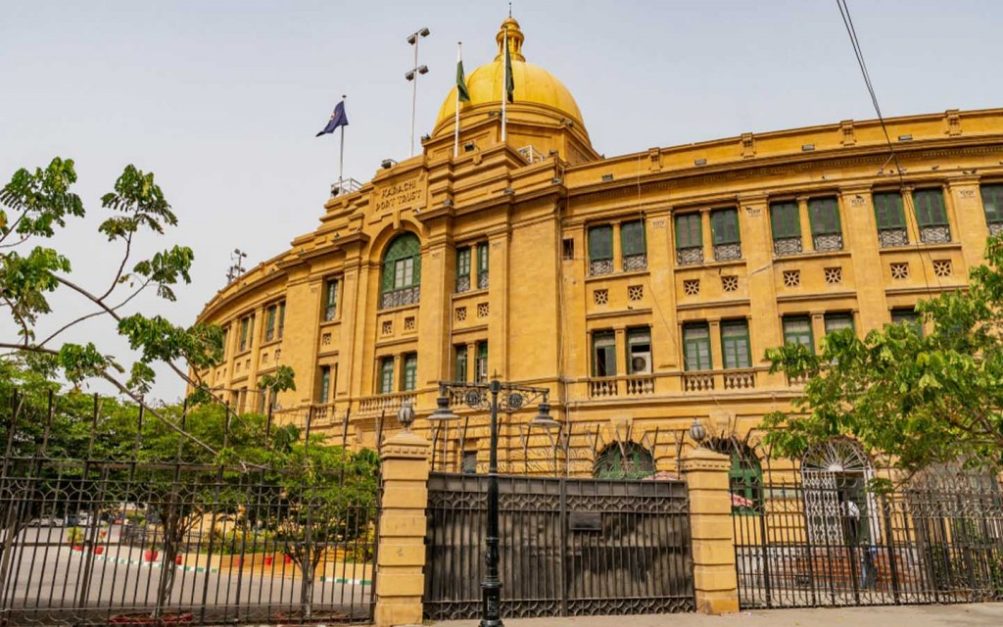
Healthcare Facilities
Healthcare services in Kharadar are well-established, with the Kharadar General Hospital being a key facility. The hospital provides a range of medical services, including emergency care, maternity services, and specialised treatments. In addition to the general hospital, numerous clinics and pharmacies are scattered throughout the area, ensuring residents have access to healthcare when needed.
The healthcare facilities in Kharadar are supported by charitable organisations and community initiatives, reflecting the neighbourhood’s strong sense of social responsibility and solidarity.
Cultural and Religious Landmarks
Rich in cultural and religious landmarks that reflect its diverse heritage. The area is home to several mosques, temples, and shrines. One of the most notable is the Wazir Mansion, the birthplace of Muhammad Ali Jinnah, which has been converted into a museum.
The vibrant cultural scene is evident during religious festivals and community events. The streets come alive with decorations, processions, and celebrations, showcasing the area’s rich traditions and communal harmony.
Conclusion
Kharadar, with its deep historical roots and vibrant present, is a testament to Karachi’s dynamic evolution. The neighbourhood’s blend of residential charm and commercial vibrancy makes it a unique and integral part of the city’s fabric. As it continues to grow and develop, it remains a living monument to Karachi’s past and a vibrant part of its future.
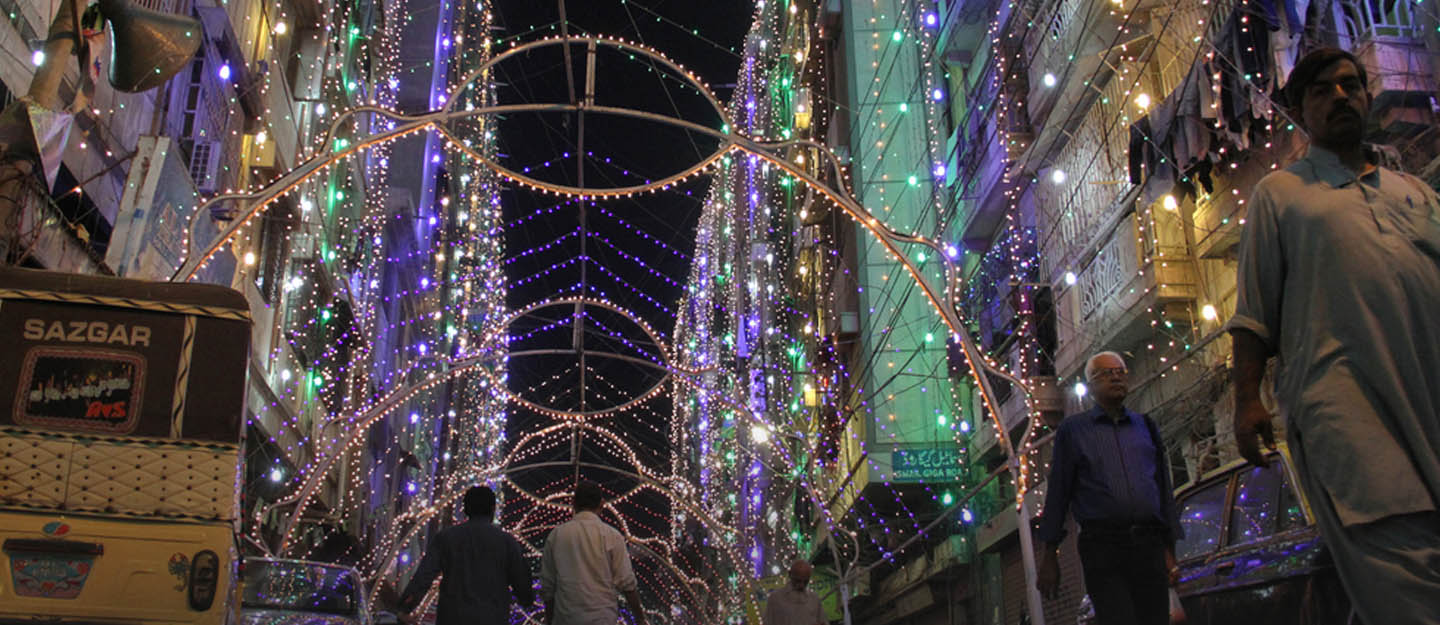
FAQs
Some related Faqs
What is the historical significance of Kharadar?
It is one of the oldest parts of Karachi, forming the original core of the city alongside Mithadar. It has been a significant commercial hub since the British colonial era.
What are the main markets in Kharadar?
Known for its bustling markets, including the Cloth Market and various wholesale markets offering a wide range of goods.
Are there any notable educational institutions in Kharadar?
Yes, it hosts several educational institutions, including Lyceum and Sindh Madressatul Islam, one of Pakistan’s oldest schools.
What healthcare facilities are available in Kharadar?
The General Hospital is a key healthcare facility in the area, providing various medical services. There are also numerous clinics and pharmacies.
What cultural landmarks can be found in Kharadar?
It is home to several cultural and religious landmarks, including the Wazir Mansion, the birthplace of Muhammad Ali Jinnah, which is now a museum.
Follow Graana blog for more details.
